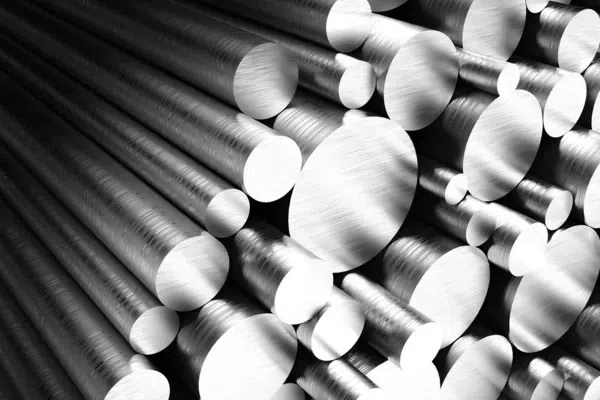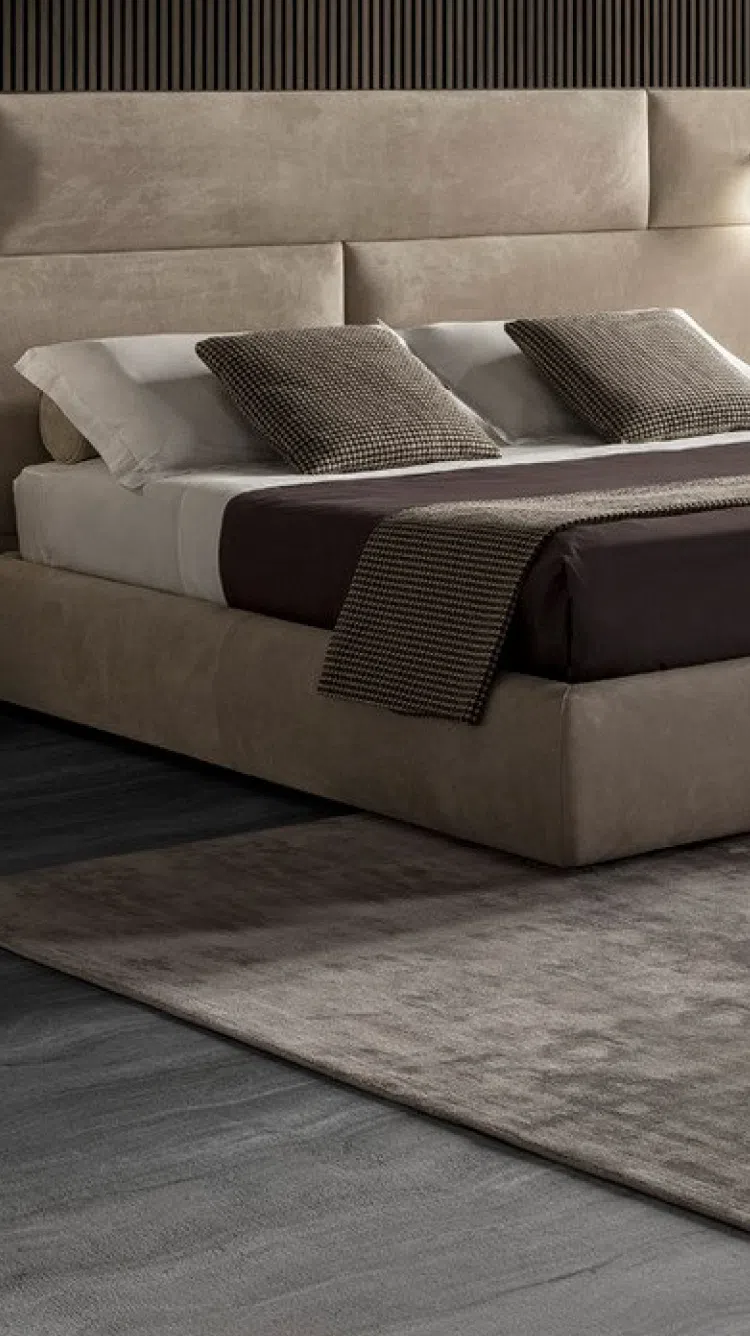
Steel is a widely used and versatile material in furniture manufacturing due to its strength, durability, and modern aesthetic appeal. As a furniture material expert, I can break down some of the key properties and considerations of using steel in furniture design and construction:
Composition:
- Steel is an alloy of iron and carbon, with the carbon content typically ranging between 0.02% and 2.1% by weight, depending on the grade.
- It can include other elements, such as manganese, chromium, vanadium, and tungsten to enhance specific properties like strength, hardness, or corrosion resistance.
Strength & Durability:
- Steel is well-known for its high tensile strength; it can support heavy loads and resist bending or deformation under stress.
- This property makes it an ideal choice for frames and structural components of furniture that require rigidity and stability, such as tables, chairs, and bed frames.
Versatility:
- Steel can be molded into a variety of shapes and forms, which allows designers to create intricate and innovative furniture designs.
- It can be cut, welded, bolted, or joined in numerous ways, providing flexibility in construction and design.
Finishing Options:
- Steel furniture can be finished with a variety of treatments such as powder coating, painting, chrome plating, or galvanizing to provide color or enhance rust resistance.
- These finishing techniques not only protect the metal but also contribute to the aesthetic quality of the piece. Powder coating, for example, can produce a uniform, durable surface available in almost any color.
Maintenance and Care:
- Steel furniture is relatively low-maintenance and can be easily cleaned with a damp cloth.
- It is not prone to issues like rot, warping, or insect infestation, which can affect organic materials such as wood.
- However, if not properly protected or if damaged, steel can rust or corrode, so it requires some care, especially in humid or salty environments.
Environmental Considerations:
- Steel is one of the most recycled materials in the world, which can make steel furniture a more sustainable option when the material is sourced from recycled content.
- The durability and longevity of steel furniture also contribute to sustainability, as pieces can last for many years and reduce the need for frequent replacements.
Weight:
- Steel is generally heavier than other common furniture materials such as wood or plastic, which can make the resulting furniture pieces less easy to move. However, lightweight steel tubing or sheets can be used to reduce this issue while maintaining strength.
Thermal and Acoustic Properties:
- Steel conducts heat and can feel cold to the touch, which might be a consideration in colder climates or environments.
- It also reflects sound, potentially contributing to a noisier environment, although this can be mitigated with padding or textiles.
In conclusion, steel offers a combination of both practical and aesthetic benefits for furniture, and its use can range from sleek and modern designs to robust industrial pieces. The choice of steel as a material will significantly influence the longevity, appearance, and functionality of furniture.


